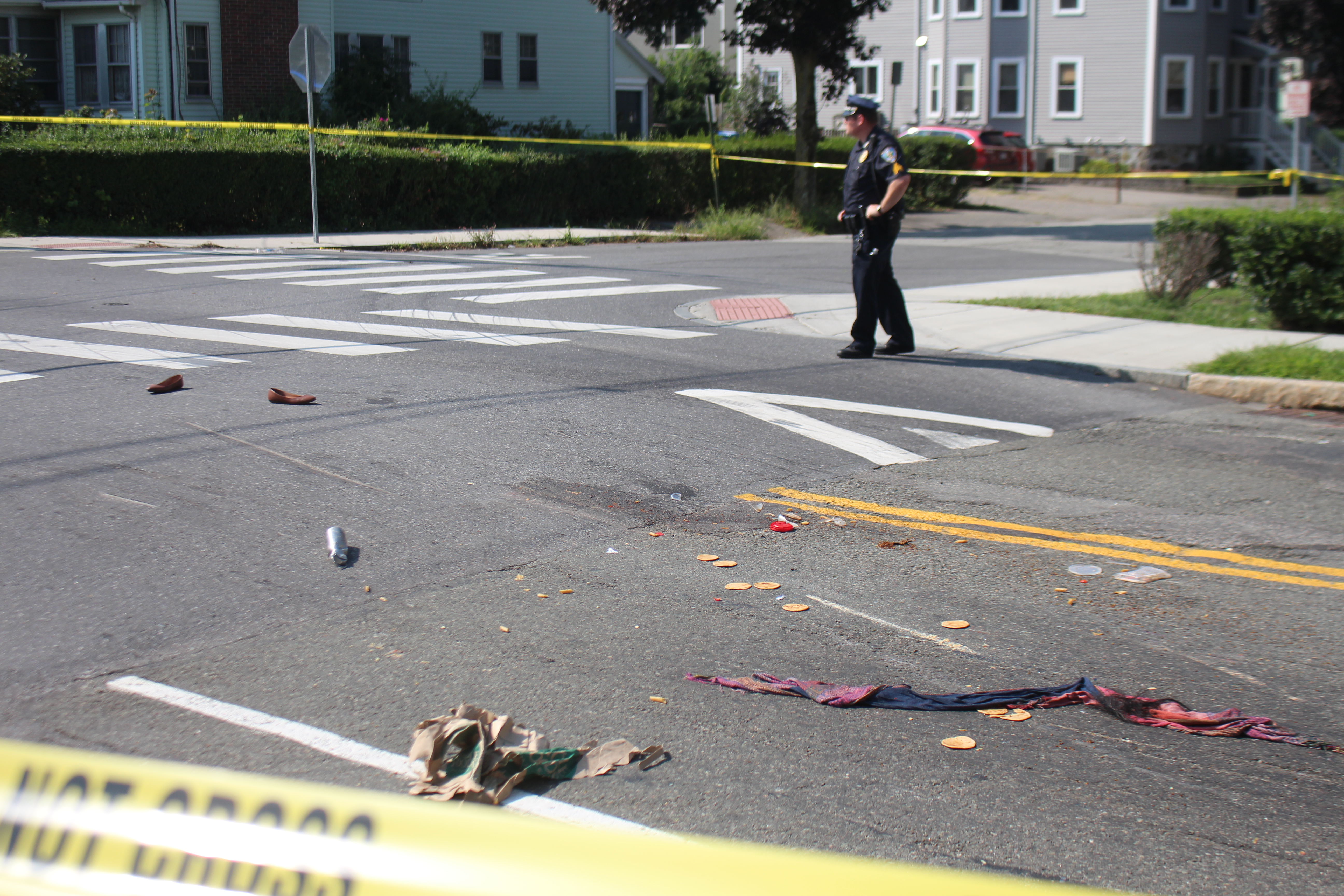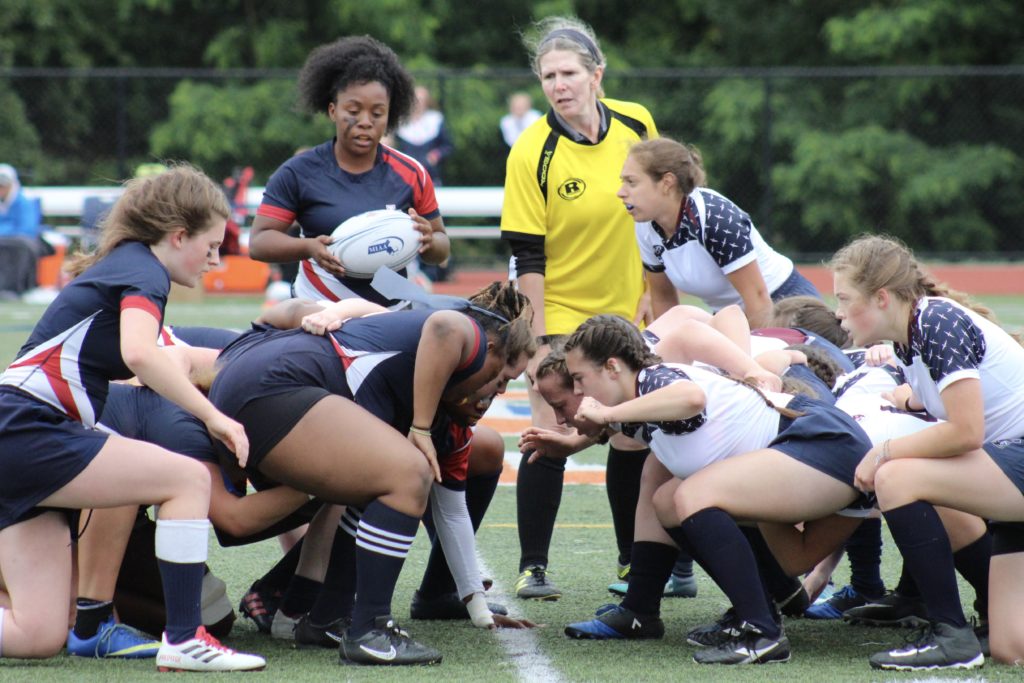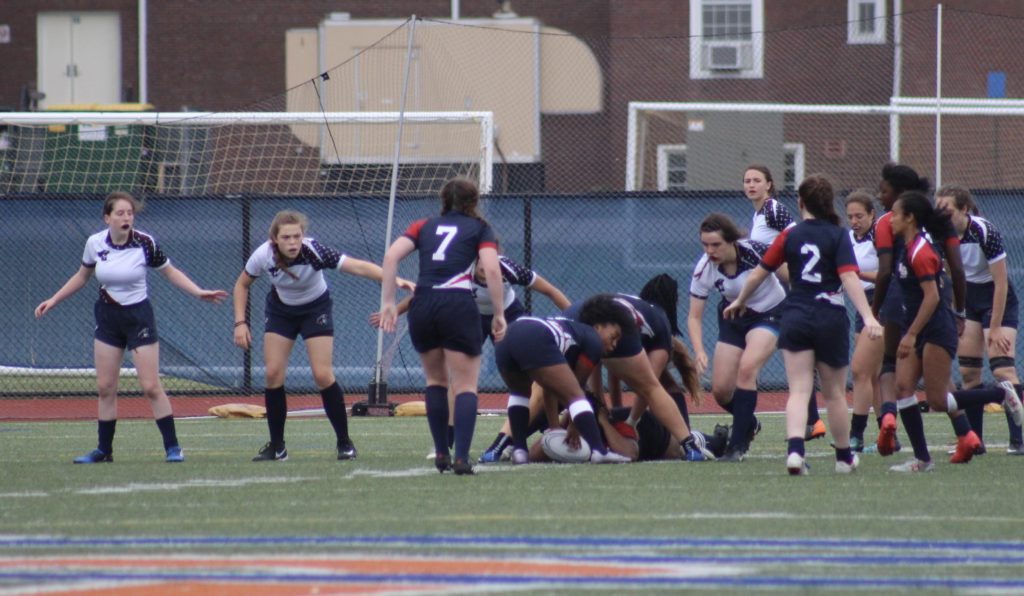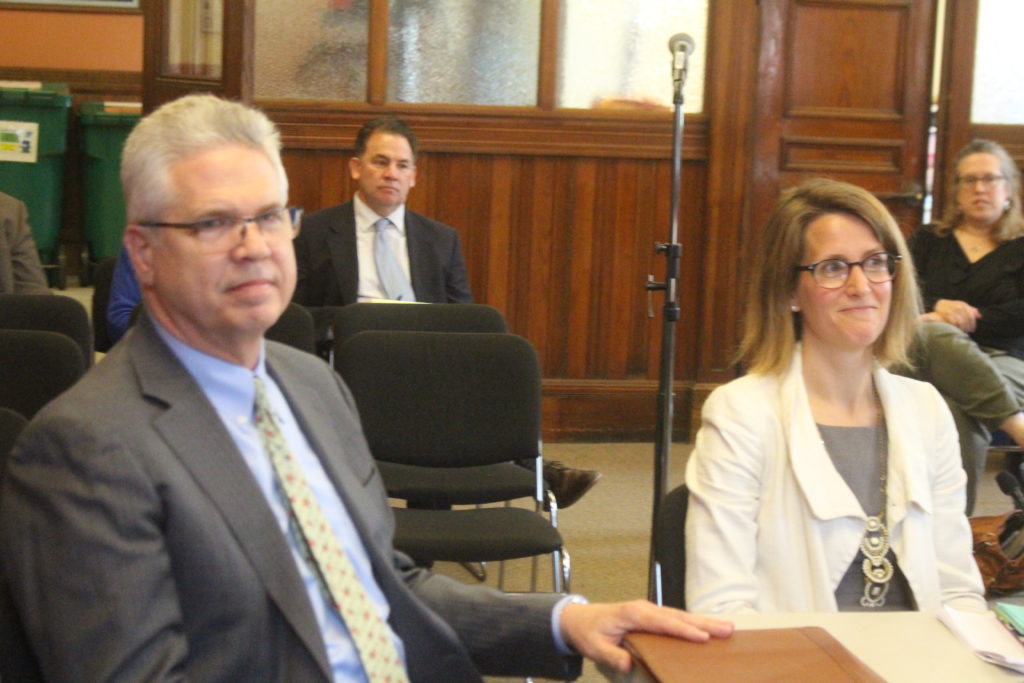Photo: Sachi Thanawala.
Middlesex District Attorney Marian Ryan and Belmont Police Chief Richard McLaughlin announced today, Friday, Sept. 21, that Raymond O’Brien, 45, of Medford has been charged with unlicensed operation of a motor vehicle in connection with an August 28, fatal collision in Belmont that took the life of Belmont resident Sachi Thanawala.
Based on the preliminary investigation it was determined that the defendant was not in possession of a valid driver’s license and subsequently not permitted to operate a motor vehicle. The defendant had previously been licensed to operate in Massachusetts; however, that license had expired in 2004.
This charge is an allegation and the defendant is presumed innocent until proven guilty, according to the DA’s office.
On Aug. 28, at approximately 8:25 a.m., Belmont Police responded to a report of a motor vehicle crash involving a pedestrian at the intersection of Lexington and Sycamore streets. Upon arrival, authorities located Thanawala, 39, of Sycamore Street, who had sustained serious injuries. Thanawala was transported to Beth Israel Deaconess Medical Center where she died on Aug. 30. O’Brien, who was operating the vehicle, a 2015 Ford Transit Van, remained on scene.
Through their investigation authorities learned that the decedent was crossing the street at the intersection when the defendant allegedly turned left striking her.
This is an ongoing investigation being conducted by the Middlesex District Attorney’s Office, the Belmont Police Department and the Massachusetts State Police Collision Analysis and Reconstruction Section. The prosecutor assigned to this case is Assistant District Attorney Taylor Makson.













































